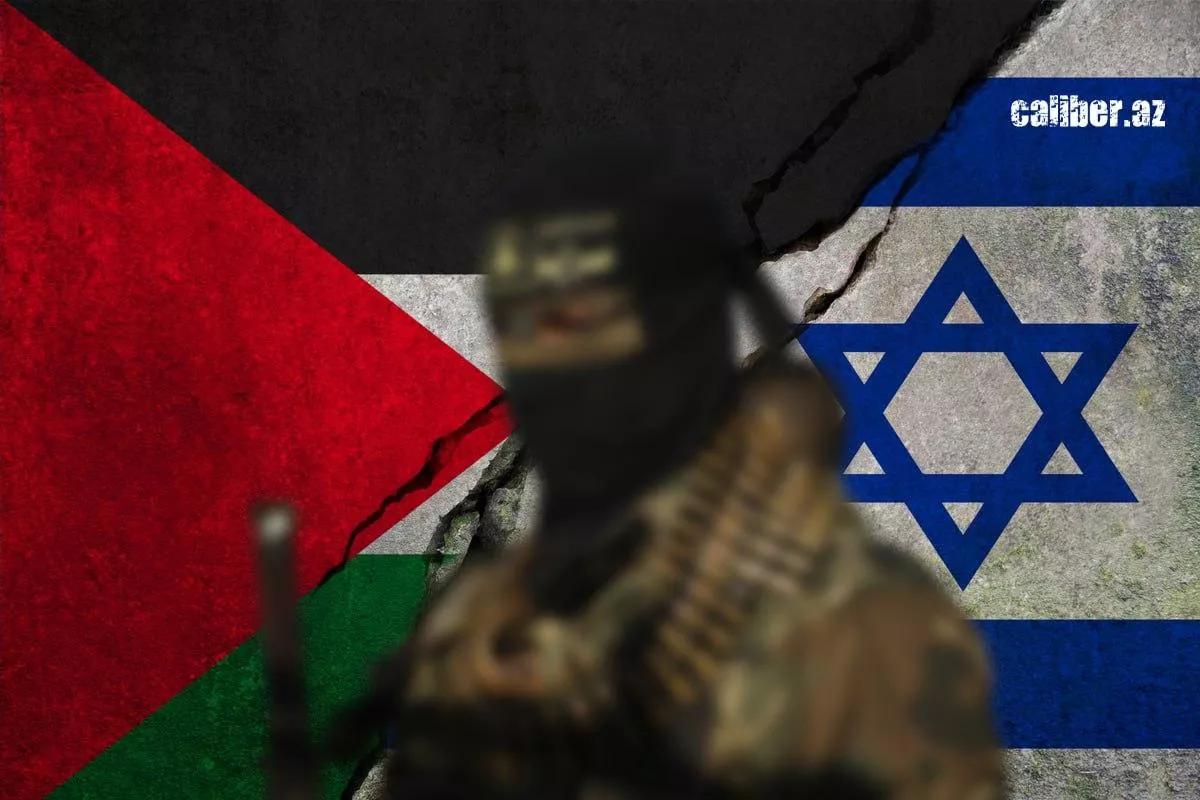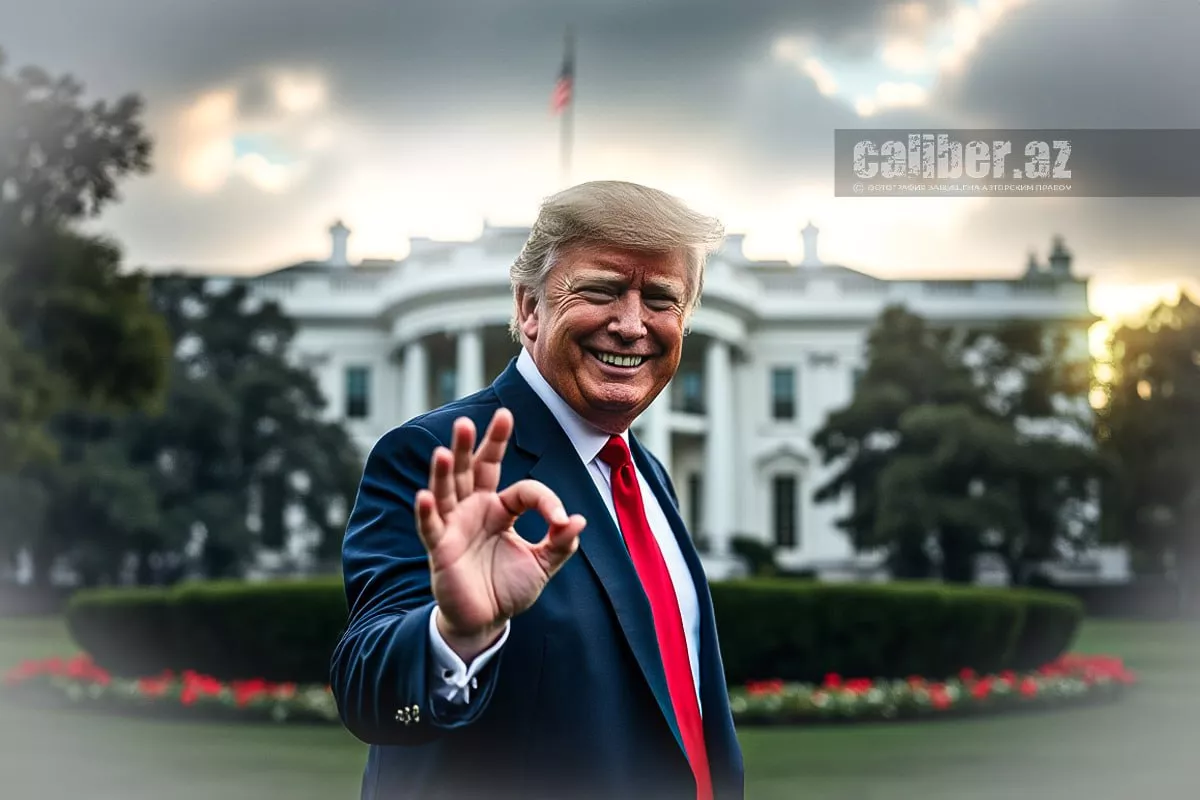Peace from the banks of the Potomac What does Trump’s new plan for Gaza promise?
The White House has presented a 20-point proposal called the “Comprehensive Plan to End the Gaza Conflict”, developed by U.S. President Donald Trump. The latter discussed the new plan with Israeli Prime Minister Benjamin Netanyahu during Netanyahu’s visit to Washington. According to Trump, a peace agreement is “closer than ever,” and he thanked Netanyahu for supporting the plan, calling him a “warrior” and assuring full American backing for the necessary steps to implement it.
The current plan, consisting of 20 points, defines the Gaza Strip as a zone “free from terrorism and radicalism,” posing no threat to neighbouring countries. The plan stipulates that within 72 hours of its approval by Israel, all Israeli hostages held by Hamas must be released. In turn, Israel will free hundreds of Palestinian prisoners and gradually withdraw its forces from the Gaza Strip.
Hamas will renounce any role in governing the territory, and members of the group who lay down their arms may be granted amnesty or allowed to leave the country. International stabilisation forces will be immediately deployed to Gaza, and large-scale humanitarian aid will begin.
In addition, a special economic zone will be established. No forced displacement of Gaza’s residents will occur. During the transitional period, the Gaza Strip will be administered by a technocratic committee until reforms in the Palestinian government are carried out. This committee will be composed of Palestinians and experts from around the world.

Trump noted that many countries were involved in developing the plan, including Muslim states as well as European allies. He emphasised that these countries had committed to “demilitarise Gaza” and ensure the complete destruction of Hamas tunnels and military facilities. It should be noted that, apparently, the American president had to make considerable efforts to consolidate the position of the Arab states.
Several media outlets reported that the meeting with Netanyahu faced certain difficulties: the press conference was delayed by more than an hour, and journalists speculated about possible disagreements and pressure from Trump. It later became known that the delay was due to Netanyahu, at the request of the American president, having to apologise to Qatar for Israel’s missile strike on the country. This demand was fulfilled: Netanyahu, directly from the White House, called Doha and apologised to the head of government and the Qatari Foreign Minister, Mohammed bin Abdulrahman Al Thani, for violating the country’s sovereignty during the strike on Hamas representatives in Doha on September 9.
Netanyahu expressed his support for the plan, emphasising the key condition — the return of all hostages, alive or deceased, within 72 hours. He noted that Israel is ready to give a chance for a peaceful resolution, but warned that in case of refusal or non-compliance by Hamas, Israel will “finish the job.” Netanyahu stressed that Israel does not intend to allow Hamas to remain in Gaza and is not willing to discuss the creation of a Palestinian state in the Strip without radical reforms.
“Potentially, one of the great days ever in civilization,” said Trump.

It seems that this time the American leader is more optimistic than before, considering that he has never previously spoken so ceremoniously about the prospects for ending the conflict in Gaza, even though there have been plenty of U.S. plans for a resolution. All of them failed mainly because Hamas refused to comply with one of the main conditions — surrendering weapons and leaving the Strip.
Apparently, the Americans are betting that this time will be different — by the end of September 2025, Hamas is no longer the same organisation it was two years or even two months ago. Its ranks have significantly thinned, and the ground operation in Gaza has only worsened its position. According to some reports, Hamas and other Palestinian groups are leaning towards accepting the plan proposed by U.S. President Donald Trump. Incidentally, Trump has given Hamas three to four days to make a decision.
Notably, some voices within the organisation have already labelled the plan as pro-Israel. It appears that a serious split on this issue is looming within Hamas. It should be mentioned that the U.S. has stated it will absolve itself of responsibility for any further military actions if Hamas refuses to accept the proposed conditions.
Hamas may ultimately decide to continue fighting while it still has the strength, seemingly hoping that this period will allow a governmental crisis in Israel to deepen. In such a scenario, negotiations could be restarted under new conditions. Netanyahu’s calculation, in this case, would be that Israel can deal with Hamas before the darkest predictions come to pass.








